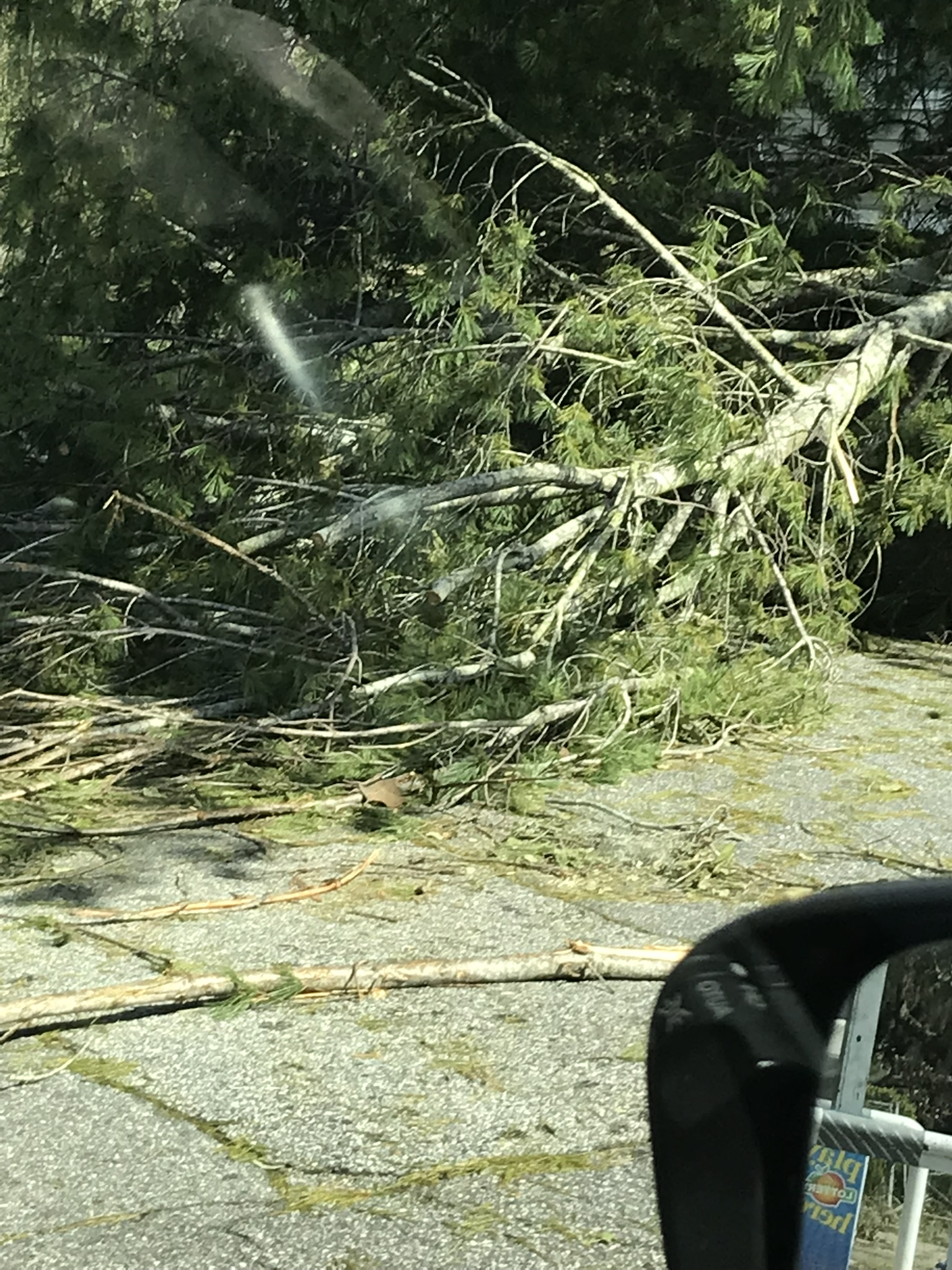Executive
Delayed – The Federal DoD Response to Hurricane Helene
What lack of planning, or other decision, delayed the response by military forces to the Hurricane Helene disaster area?

Civilian entities, justly and appropriately, lead responses to our Nation’s disasters. For the Federal Government, the Federal Emergency Management Agency (FEMA) is the executive agent. At the state level, the National Guard is an initial military capability designed to operate under State Governors to respond to emergencies and disasters. Each state National Guard, with both Army and Air Force components, in Tennessee, Virginia, North Carolina, South Carolina, and Georgia, possess immediate response capabilities. In severe instances, the Department of Defense possesses a broad range of capabilities that can augment the National Guard and FEMA. Our divided media, which reflects the body politic, either paints the Federal response to Hurricane Helene as wholly inept or a raging success. The truth lies in between. Asking fair questions about the Federal response and the pace of integrating Active-Duty DoD capabilities is not ‘misinformation’ or ‘Anti-American.’
Why were the Title 10 forces delayed – or not even requested at first?
The number one question that the Federal Emergency Management Administration, the Department of Defense, and Congressional overseers need to ask in a post-disaster assessment of Hurricane Helene is what caused the delay in Title 10 Forces responding? Soldiers and equipment from the 82nd Airborne Division and XVIII Airborne Corps based in Fort Liberty, N.C., less than 250 miles from Boone and Asheville, NC, arrived five days after the disaster. Soldiers from the 101st Airborne Division (Air Assault) based in Fort Campbell, KY, arrived in eastern Tennessee, only three hundred miles away, five to six days after. Likewise, the Air Force has heavy airlift capabilities within a relatively short distance from the region.
A second key question is, why during the initial response phase did FEMA not request or have access to key Title 10 capabilities that could have saved lives? The Department of Defense possesses unique capabilities in both Fort Campbell and Fort Liberty that could have saved lives in the initial forty-eight hours after this disaster. Granted, the availability of these capabilities depends on a myriad of factors related to readiness and deployment, however, did planners consider posturing them prior to this event?
What might have been
Did we approach this disaster with a lack of imagination on how to integrate Active Duty capabilities to augment the FEMA, State, and Guard responses and save American lives in the first forty-eight hours? The state forces could have received more robust augmentation with helicopter assets from both Fort Campbell and Fort Liberty. The latter also has unique Engineers that can jump into rough terrain with tree clearing equipment to carve out landing zones and drop zones that could bring in rescue teams and emergency supplies. Our Air Force could have used these drop zones to airdrop palletized relief in remote areas like we did in the Gaza Strip.
The harsh terrain of the Appalachian Mountains exacerbated the scope and scale of this disaster and the capacity for an organized response. Mountain people have a unique culture of self-reliance. It is the kind of place in America where people still stop to check on you if your car breaks down on the side of the road. They don’t sit back and wait for the authorities to rescue them or their neighbors, they get involved. This region is also a population with a high-density of Veterans and retired military. Civilian relief agencies, civilians and Veterans all stepped into the vacuum and assisted their neighbors. This occurred without Federal, State, or County oversight. It was simply neighbors helping neighbors.
For next time…
This does not preclude asking valid questions about the scope and the pace of the response at the Federal, State, and local levels. Nor does questioning the integration of DoD assets sooner negate the individual contributions of FEMA, state and county emergency authorities, and state National Guardsmen and Guardswomen, or private groups or individuals. Addressing the timing of the DoD response should posture all organizations in the future to ensure we rescue the maximum number of our Citizens in disaster responses.
This article was originally published by RealClearDefense and made available via RealClearWire.
Colonel Tony Vacha retired after 33 years of service including assignments in the Regular Army, Army National Guard, and Army Reserve. He served assignments in the Infantry, Civil Affairs, and Force Management.
-

 Civilization2 days ago
Civilization2 days agoDC Pipe Bomb Arrest Raises Questions About Christopher’s Wray’s FBI
-

 Civilization5 days ago
Civilization5 days agoYoo Hoo, VP Vance—Your Character is Showing!
-

 Executive5 days ago
Executive5 days agoThe Last Supper: New York’s Socialist Feast
-

 Guest Columns4 days ago
Guest Columns4 days agoCongressional Leaders See Far Higher Stock Returns Than Peers
-

 Civilization3 days ago
Civilization3 days agoThe Legal Logic Behind U.S. Operations Against Narco-Terrorist Networks
-

 Civilization5 days ago
Civilization5 days agoFacing Facts & Rolling Back Mythologies: The New National Security Strategy
-

 Civilization4 days ago
Civilization4 days agoHow Trump Changed America
-

 Executive3 days ago
Executive3 days agoNewsom’s ‘National Model’ for Homeless Wracked by Fraud









